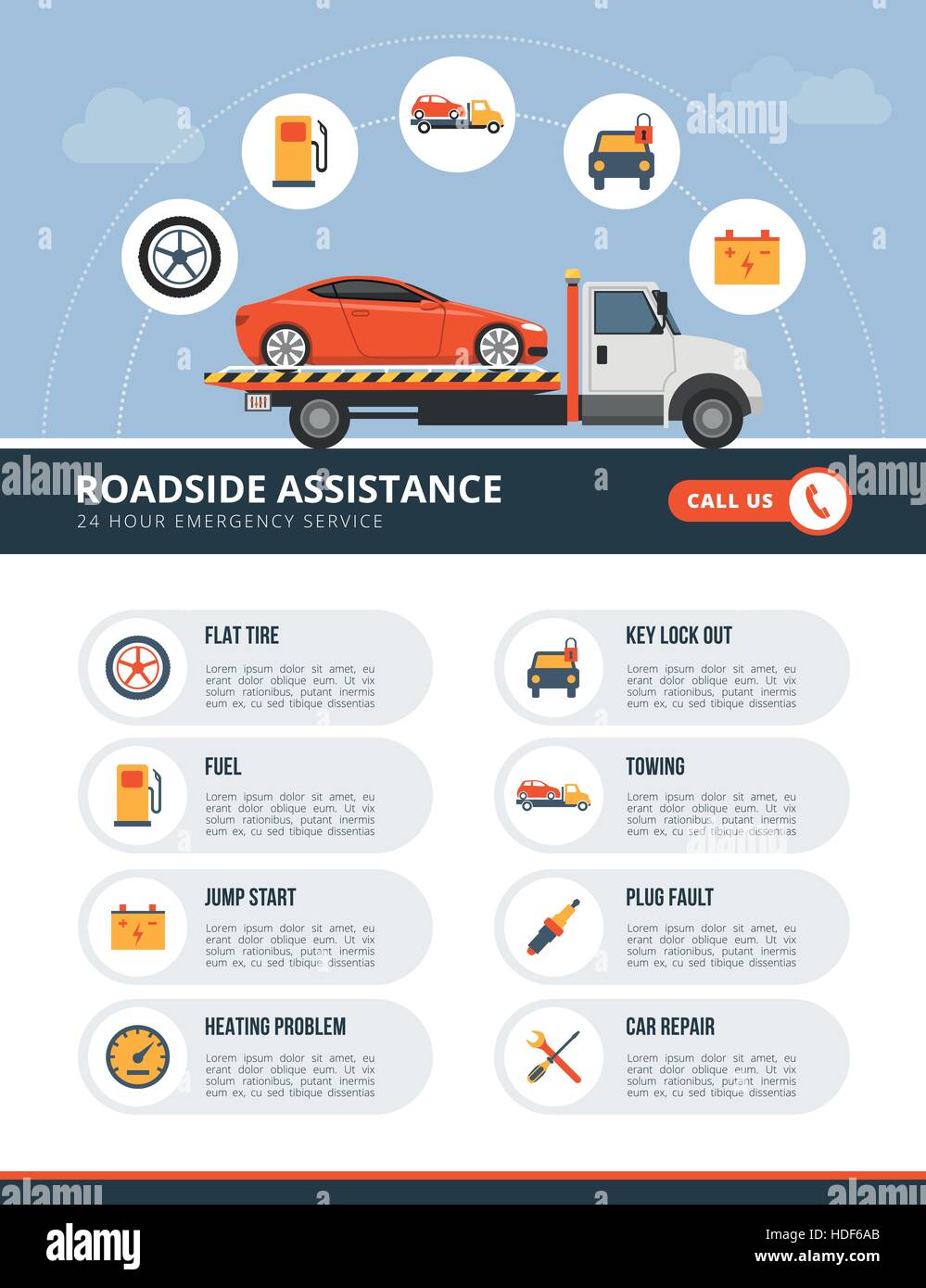Looking For Clearness On The Caution Lights Presented On Your Car'S Control Panel? Learn Exactly How They Connect To Your Automobile'S Health And Safety
Looking For Clearness On The Caution Lights Presented On Your Car'S Control Panel? Learn Exactly How They Connect To Your Automobile'S Health And Safety
Blog Article
Read Much more -Lim Gilbert
When you're behind the wheel, those glowing warning lights on your control panel can be a little bit complicated. Do you recognize what they're attempting to inform you concerning your vehicle's health? Comprehending the relevance of these lights is crucial for your security and the longevity of your car. So, the next time among those lights pops up, wouldn't you intend to analyze its message accurately and take the essential steps to address it?
Common Caution Lighting and Interpretations
Identify common caution lights in your cars and truck and understand their definitions to ensure safe driving.
The most typical caution lights consist of the check engine light, which indicates problems with the engine or discharges system. If this light begins, it's critical to have your car inspected without delay.
The oil pressure cautioning light shows low oil stress, calling for immediate attention to avoid engine damage.
A flashing battery light might recommend a defective charging system, possibly leaving you stranded if not resolved.
The tire pressure monitoring system (TPMS) light notifies you to reduced tire stress, affecting lorry security and fuel performance. Ignoring this might lead to dangerous driving conditions.
The abdominal muscle light shows an issue with the anti-lock braking system, endangering your capacity to stop swiftly in emergency situations.
Finally, the coolant temperature warning light warns of engine overheating, which can lead to severe damage otherwise resolved promptly.
Recognizing these usual caution lights will certainly aid you address problems promptly and preserve secure driving problems.
Significance of Prompt Attention
Understanding the typical caution lights in your cars and truck is just the initial step; the importance of without delay attending to these warnings can not be emphasized enough to guarantee your security on the road.
When a warning light illuminates on your dashboard, it's your cars and truck's method of connecting a potential problem that requires focus. Disregarding these warnings can result in much more severe troubles down the road, jeopardizing your safety and potentially costing you much more in repairs.
Trigger focus to warning lights can prevent malfunctions and accidents. As an example, a blinking check engine light could suggest a misfire that, if left unattended, can trigger damage to the catalytic converter. Resolving this promptly can conserve you from a pricey repair work.
Likewise, a brake system warning light could indicate reduced brake liquid or worn brake pads, essential parts for your safety and security when driving.
Do It Yourself Troubleshooting Tips
If you observe a warning light on your control panel, there are a couple of DIY troubleshooting suggestions you can try prior to looking for professional help.
The very first step is to consult your vehicle's handbook to comprehend what the specific warning light shows. Often the problem can be as easy as a loosened gas cap setting off the check engine light. Tightening the gas cap may fix the issue.
Another common concern is a reduced battery, which can activate numerous warning lights. Examining the battery connections for rust and ensuring they're secure might deal with the trouble.
If a caution light continues, you can try resetting it by disconnecting the auto's battery for a couple of minutes and afterwards reconnecting it. Additionally, checking your lorry's liquid levels, such as oil, coolant, and brake fluid, can help repair advising lights connected to these systems.
Conclusion
Finally, understanding your automobile's caution lights is vital for keeping your lorry running smoothly and securely. By quickly resolving these alerts and understanding what they mean, you can avoid costly fixings and prospective malfunctions.
Keep in mind to consult your automobile's handbook for particular information on each alerting light and do something about it appropriately to ensure a hassle-free driving experience.
Stay informed, stay risk-free when traveling!
